-
1 of 253523 objects
An Historical, statistical and descriptive account of the island of Tobago : introductory to an essay on the commercial and political importance of the possession to Great Britain 1812
37.5 x 28 x 5.5 cm (book measurement (conservation)) | RCIN 1047379
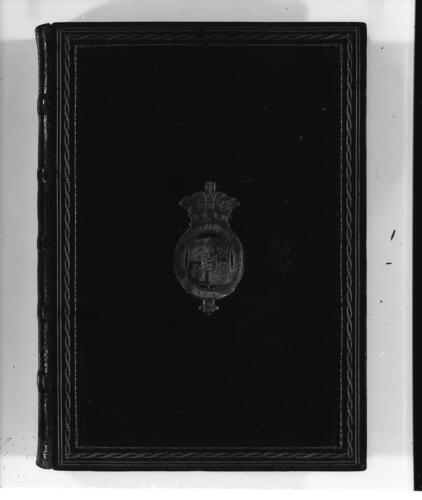
Sir William Young (1749-1815)
An Historical, statistical and descriptive account of the island of Tobago : introductory to an essay on the commercial and political importance of the possession to Great Britain / by Sir William Young . . 1812
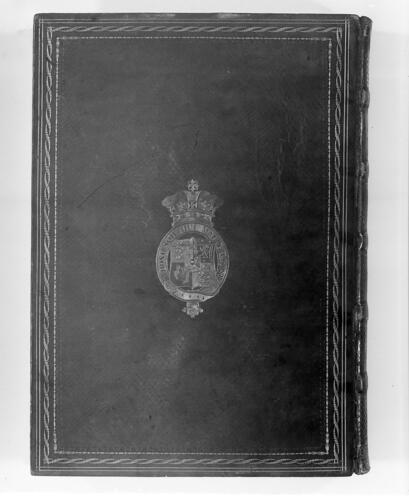
Sir William Young (1749-1815)
An Historical, statistical and descriptive account of the island of Tobago : introductory to an essay on the commercial and political importance of the possession to Great Britain / by Sir William Young . . 1812
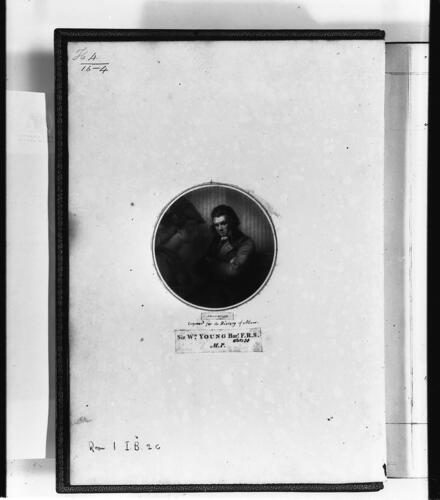
Sir William Young (1749-1815)
An Historical, statistical and descriptive account of the island of Tobago : introductory to an essay on the commercial and political importance of the possession to Great Britain / by Sir William Young . . 1812
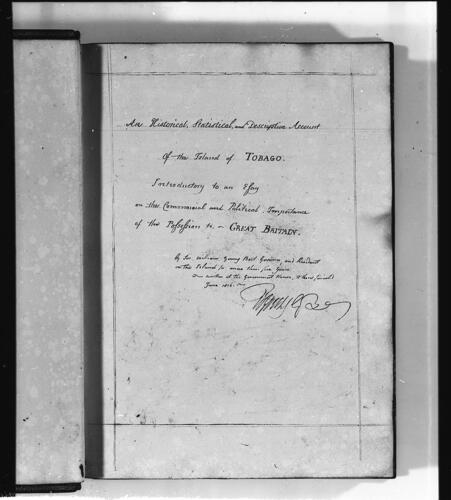
Sir William Young (1749-1815)
An Historical, statistical and descriptive account of the island of Tobago : introductory to an essay on the commercial and political importance of the possession to Great Britain / by Sir William Young . . 1812

Sir William Young (1749-1815)
An Historical, statistical and descriptive account of the island of Tobago : introductory to an essay on the commercial and political importance of the possession to Great Britain / by Sir William Young . . 1812
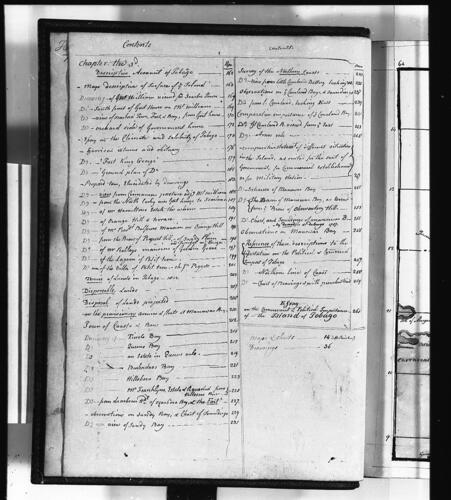
Sir William Young (1749-1815)
An Historical, statistical and descriptive account of the island of Tobago : introductory to an essay on the commercial and political importance of the possession to Great Britain / by Sir William Young . . 1812
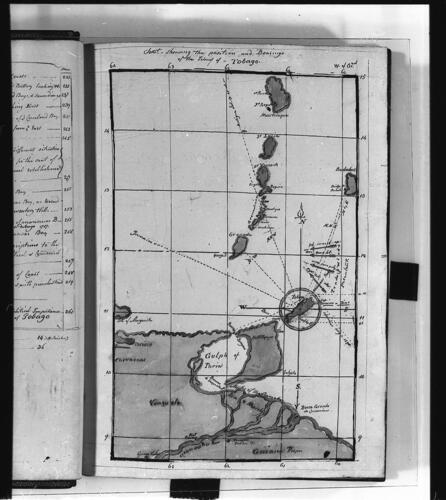
Sir William Young (1749-1815)
An Historical, statistical and descriptive account of the island of Tobago : introductory to an essay on the commercial and political importance of the possession to Great Britain / by Sir William Young . . 1812
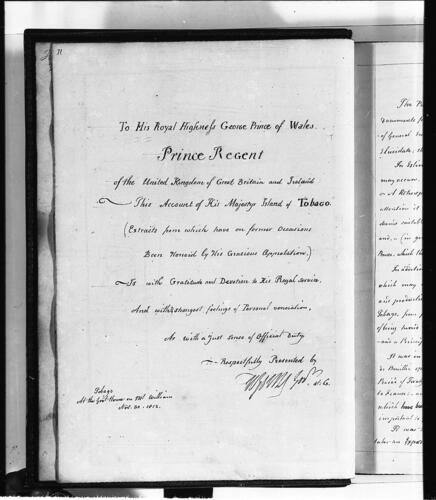
Sir William Young (1749-1815)
An Historical, statistical and descriptive account of the island of Tobago : introductory to an essay on the commercial and political importance of the possession to Great Britain / by Sir William Young . . 1812
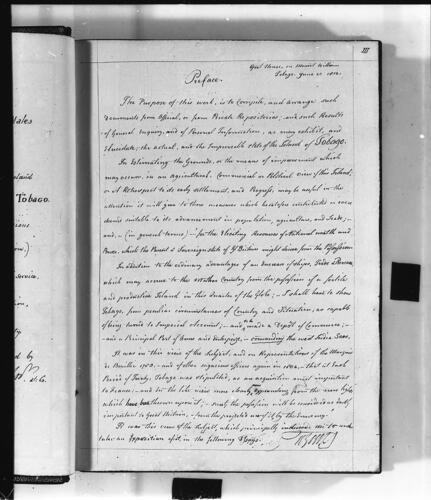
Sir William Young (1749-1815)
An Historical, statistical and descriptive account of the island of Tobago : introductory to an essay on the commercial and political importance of the possession to Great Britain / by Sir William Young . . 1812
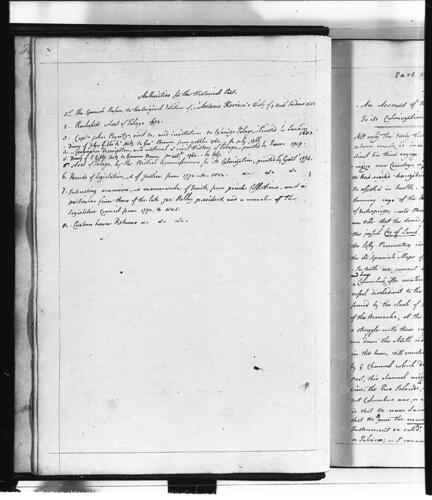
Sir William Young (1749-1815)
An Historical, statistical and descriptive account of the island of Tobago : introductory to an essay on the commercial and political importance of the possession to Great Britain / by Sir William Young . . 1812
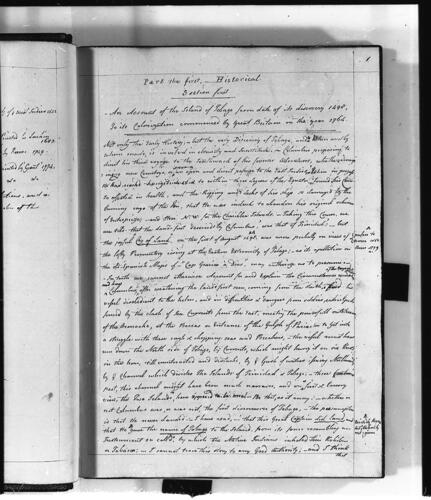
Sir William Young (1749-1815)
An Historical, statistical and descriptive account of the island of Tobago : introductory to an essay on the commercial and political importance of the possession to Great Britain / by Sir William Young . . 1812
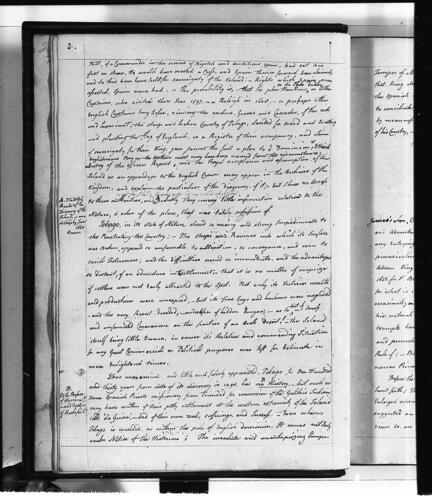
Sir William Young (1749-1815)
An Historical, statistical and descriptive account of the island of Tobago : introductory to an essay on the commercial and political importance of the possession to Great Britain / by Sir William Young . . 1812
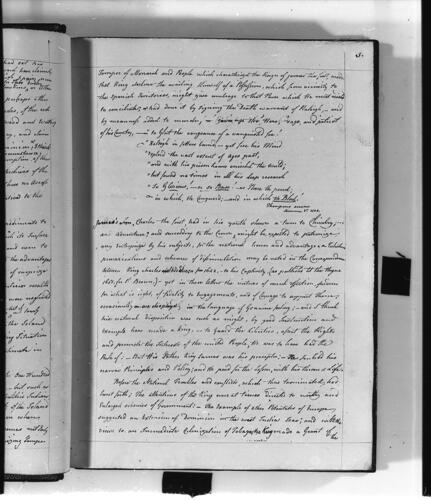
Sir William Young (1749-1815)
An Historical, statistical and descriptive account of the island of Tobago : introductory to an essay on the commercial and political importance of the possession to Great Britain / by Sir William Young . . 1812
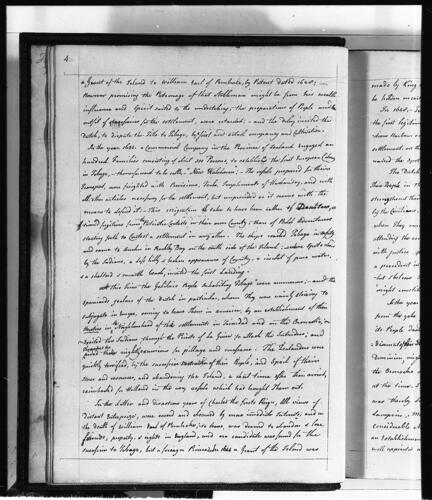
Sir William Young (1749-1815)
An Historical, statistical and descriptive account of the island of Tobago : introductory to an essay on the commercial and political importance of the possession to Great Britain / by Sir William Young . . 1812
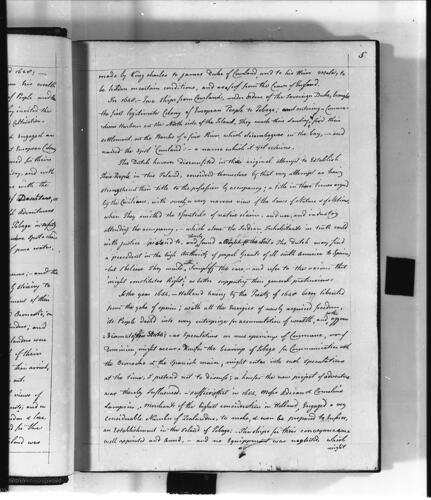
Sir William Young (1749-1815)
An Historical, statistical and descriptive account of the island of Tobago : introductory to an essay on the commercial and political importance of the possession to Great Britain / by Sir William Young . . 1812
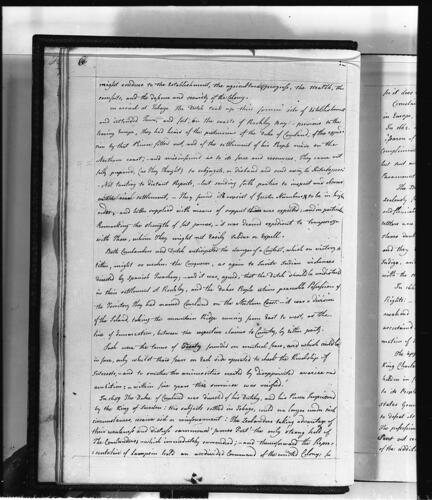
Sir William Young (1749-1815)
An Historical, statistical and descriptive account of the island of Tobago : introductory to an essay on the commercial and political importance of the possession to Great Britain / by Sir William Young . . 1812
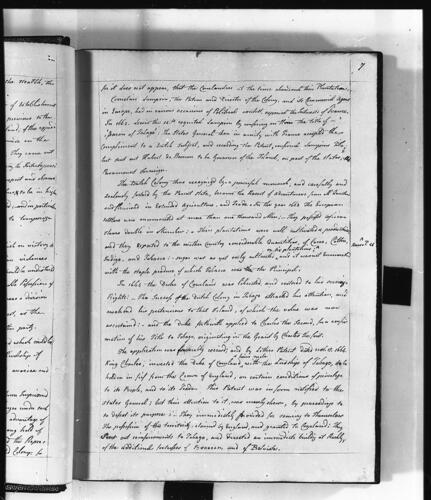
Sir William Young (1749-1815)
An Historical, statistical and descriptive account of the island of Tobago : introductory to an essay on the commercial and political importance of the possession to Great Britain / by Sir William Young . . 1812
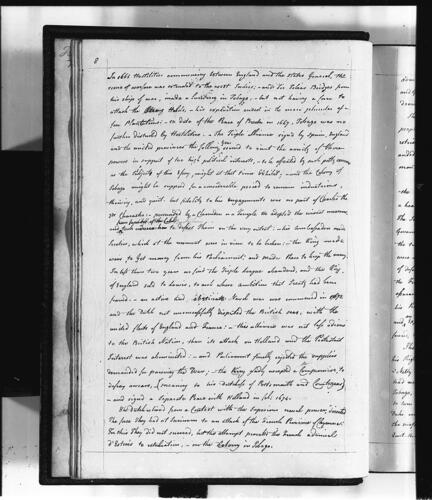
Sir William Young (1749-1815)
An Historical, statistical and descriptive account of the island of Tobago : introductory to an essay on the commercial and political importance of the possession to Great Britain / by Sir William Young . . 1812

Sir William Young (1749-1815)
An Historical, statistical and descriptive account of the island of Tobago : introductory to an essay on the commercial and political importance of the possession to Great Britain / by Sir William Young . . 1812
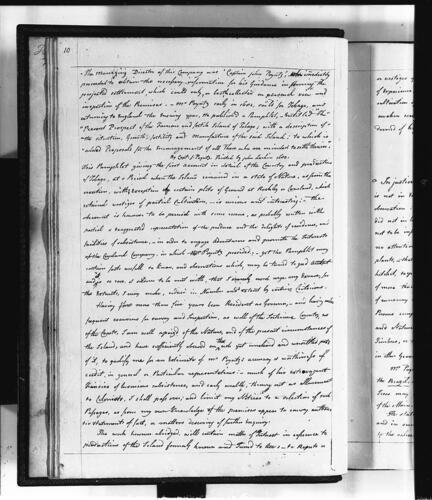
Sir William Young (1749-1815)
An Historical, statistical and descriptive account of the island of Tobago : introductory to an essay on the commercial and political importance of the possession to Great Britain / by Sir William Young . . 1812

Sir William Young (1749-1815)
An Historical, statistical and descriptive account of the island of Tobago : introductory to an essay on the commercial and political importance of the possession to Great Britain / by Sir William Young . . 1812
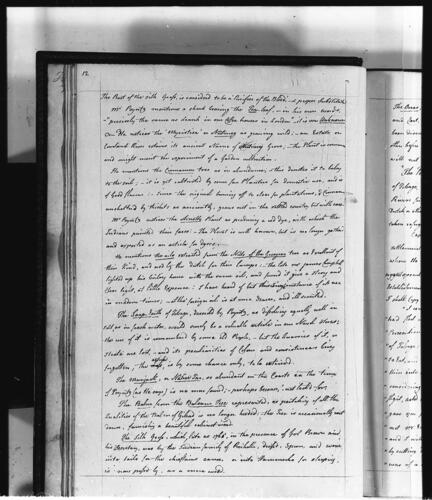
Sir William Young (1749-1815)
An Historical, statistical and descriptive account of the island of Tobago : introductory to an essay on the commercial and political importance of the possession to Great Britain / by Sir William Young . . 1812






















-
On the death of his father, Sir William Young, 1st Baronet and Governor of Dominica in 1788, the younger Sir William, now 2nd Baronet, inherited four plantations in the West Indies: one in Antigua, two in Saint Vincent and another on Tobago. He benefitted from the slave trade and owned 896 enslaved people at the time of his inheritance.
In 1791, Sir William embarked on a tour of his estates in the Caribbean, surveying the land and gaining information on the conditions of those he enslaved and the sugar industry in the region. He wrote up his findings and published them in 1801 under the title A Tour through the several islands of Barbadoes, St Vincent, Tobago and Grenada in the years 1791 and 1792. The book was published both to provide funds to prevent his plantations from falling into bankruptcy (he had inherited a debt of £110,000 from his father) and to argue for an alternative to the abolition of the slave trade as advocated by William Wilberforce and other campaigners.
Sir William reported that he was warmly greeted by those he enslaved and, unlike the harsh conditions experienced by enslaved Africans on other plantations, he declared that he had treated them to extra holidays, provisions of herrings and rum, balls at the great house as well as Christmas feasts, dancing and gift-giving. He also argued that he had improved the conditions on his plantations, providing adequate housing, clothing, medical care and religious instruction. On returning to Parliament (where he served at MP for St Mawes in Cornwall from 1784 until 1806), he argued that if conditions were improved across the Caribbean, enslaved people could live happy lives and gradually the need for the slave trade would disappear of its own accord. These ideas were naïve and neglected the wider moral issues surrounding the enslavement of other people. In 1807, Wilberforce achieved his goal and Parliament abolished the slave trade. However, it would be another 30 years until the institution of slavery was abolished across the British Empire.
From 1806, Sir William served as MP for Buckingham until he was appointed Governor of Tobago in 1807, a post which he held until his death. He presented this report of his detailed study of the island made in 1810-12 to the Prince Regent in 1813. According to his presentation letter dated 24 April 1813, Sir William had been commissioned to produce the report "in satisfaction of Enquiries made by the House of Commons on the subject of Encrease [sic] or decrease, and treatment & Condition of Slaves, and other matters of public Interest and Import in the West Indies". At the time of the report, the free population of Tobago was calculated to be 959, with a militia of 333 men, while the number of enslaved people on the island was estimated at 16,671. Sir William's commitment to the continuation of slavery is apparent throughout the text, particularly during his 13-page overview of the practice, which, although arguing for improved living conditions and recommending greater protections in law for enslaved people, still regards them as the property of plantation owners.
The book contains many watercolours, maps, clippings and descriptions of the plantations on the island. It provides a comprehensive overview of Tobago at the beginning of the nineteenth century.Provenance
Presented to George IV, as Prince Regent, by the Author, 24 April 1813.
-
Creator(s)
Acquirer(s)
-
Measurements
37.5 x 28 x 5.5 cm (book measurement (conservation))
38.0 x 5.0 cm (book measurement (inventory))
Category
Object type(s)
Subject(s)
Alternative title(s)
An Historical, statistical and descriptive account of the island of Tobago : introductory to an essay on the commercial and political importance of the possession to Great Britain / by Sir William Young ...